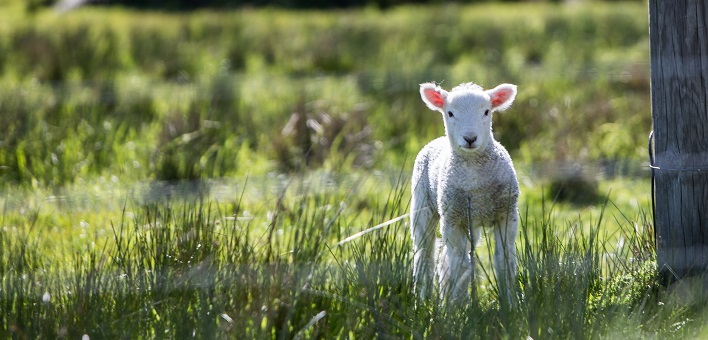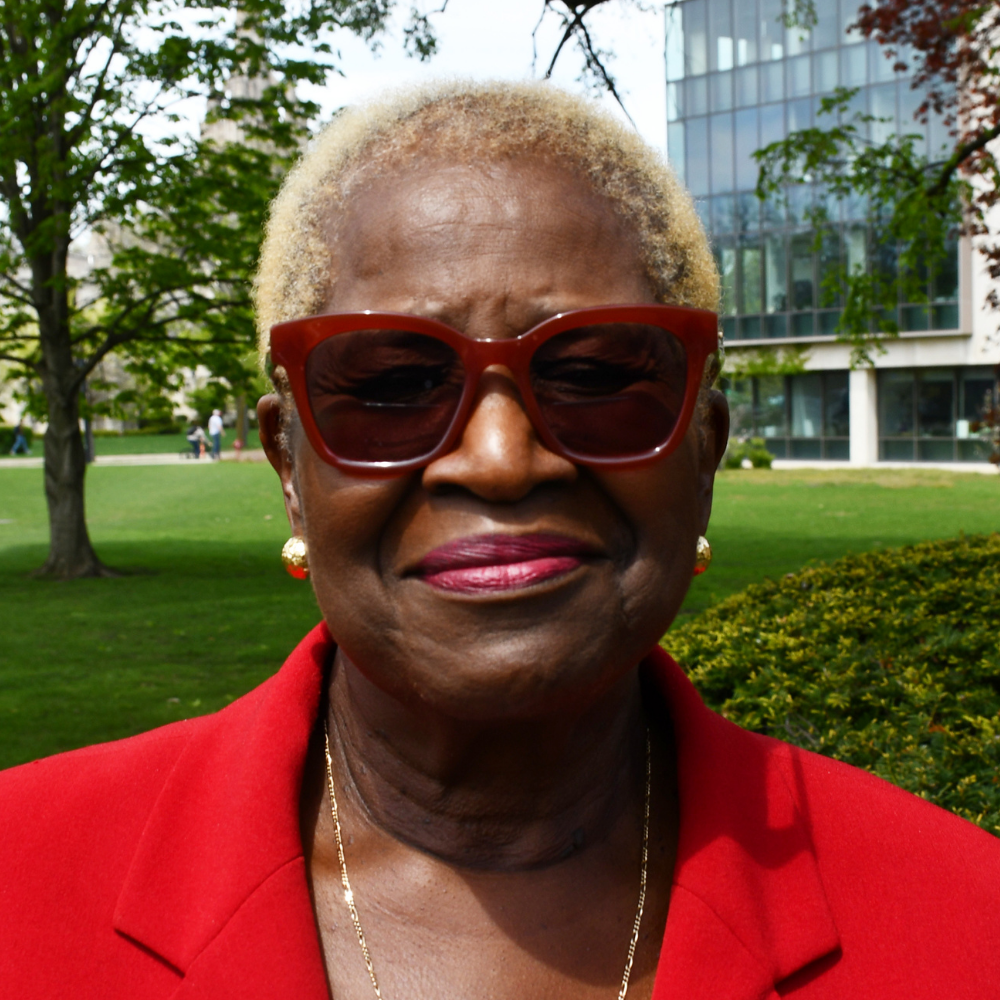Commentary on John 10:11-18
The metaphor of shepherd and specifically of Jesus as the good shepherd is one that the church has long used as a means of assuring Christ’s followers of his unending and unfailing care for them.
Most likely, having preached this text or others where the analogy of shepherd and sheep are representative of the divine/human relationship, the understanding of the nature of sheep and their need for care, protection, and guidance by the shepherd has already been shared with the congregation. If not, it is important that the backdrop be provided as it substantiates the need for such a relationship between God and human beings.
And given the context of our times, expounding on the image of shepherd is not only an appropriate response to the felt needs of society but also of the church that, like the society in the United States, is divided over too many issues and wandering, even becoming adrift, in dangerous places. Certainly the great division caused by politics is no secret and while it has the possibility of unleashing fierce anger in some quarters, even in some churches, this text offers an opportunity for the willing and perhaps adventurous preacher to address it from the context of this passage from John’s Gospel.
The text has long been considered one where, as Stephen A. Cooper names it, “[T]he main issue is ecclesiological.”1 Cooper also notes the “deep challenge to denominationalism.”2 However, in this moment of societal disagreements, perhaps the preacher might want to focus more widely on another side of the issue; namely, the call for diversity in and as the Body of Christ. In language similar to that used in the parables, John directs his hearers to focus their worship on Jesus Christ, their only true guide. But he makes clear that the Body of Christ is incomplete; there are many who have not yet come to the knowledge of Christ and therefore have not taken their place in the beloved community under the sovereignty of Christ. In John’s time it was the Gentiles who were yet to become a full part of that fledgling community.
Certainly, the congregation can and should be considered as being part of the group who, through their acceptance of Christ as Lord, have become members of Christ’s body. The preacher may begin by asking: who are the Gentiles of our time? Who are the “other sheep that do not belong to this fold?” In doing so, it may be important to look beyond the immediate congregation as a starting point. Focusing on the meaning of the Body of Christ that is inclusive of all nations, races, and people opens the hearers to the full meaning of what it means to be the Beloved Community and of the requirement of unity so that, as Jesus told his disciples, “they may all be one” (John 17:26).
Despite holding the position of the hired hand, the preacher is called to be daring, to not run away from the challenge of calling their hearers to a clear understanding of the call to oneness in the name of Christ, and to address and welcome diversity in whatever form it is represented in the wider community in which the congregation is located. And given the separation of cultures, races, class, and even political affiliation that is representative of the majority of communities in the USA, this may be a great challenge for the preacher.
While the congregation may pride itself on its ecumenical stance and involvement, it is more often than not difficult to welcome expansive diversity, despite proclamatory statements to the contrary, and for congregations to move beyond the familiar in the makeup of their ecclesial community. Even churches that are heavily involved in mission and outreach projects beyond their immediate borders are often hesitant to reach out to immediate neighbors and bring them fully into the fold. Too many arms-length or distance projects offer them the security of loving the neighbor without seeing the neighbor. And unfortunately, even when caring for neighbors involves giving access to food and clothing provided by the church, inviting and including the recipients of their ministry as members of the congregation is all too often beyond their ability.
Thus the preacher who dares to speak about the “other sheep” must do so after deep consideration about the characteristics of the sheep that they will present to the congregation. Beyond denominational divides, there are issues of race, class, gender, sexual orientation and even political affiliation. However, the common denominator that brings all together is the good shepherd. John is clear that in the voice of the good shepherd, the ultimate goal is “one flock (under) one shepherd.” That shepherd is not the preacher or the denominational hierarchy. That flock belongs only to “the good shepherd (who) lays down his life for the sheep” (verse 11b). In this post-Easter season, that good shepherd is the one who has already not only laid down his life for the sheep in his crucifixion, but who has taken it up again in his resurrection.
That good shepherd is the one who has made the definitive call to all who will become part of the fold. The divisiveness that plagues both society and the church is contrary to the divine call. The preacher can become the mouthpiece for the good shepherd, putting forward the words as the text presents them in the name of Jesus. Doing so offers an opportunity to alert the congregation that being part of that one fold that belongs to the good shepherd means loving neighbors in all their diversity, and thus moving them closer to attaining that same resurrection to eternal life.
Notes
- Stephen A. Cooper, Feasting on the Word: Preaching the Revised Common Lectionary. Year B, Volume 2 Lent through Eastertide, (Louisville: Westminster John Knox Press, 2008), 448.
- Ibid.


April 25, 2021